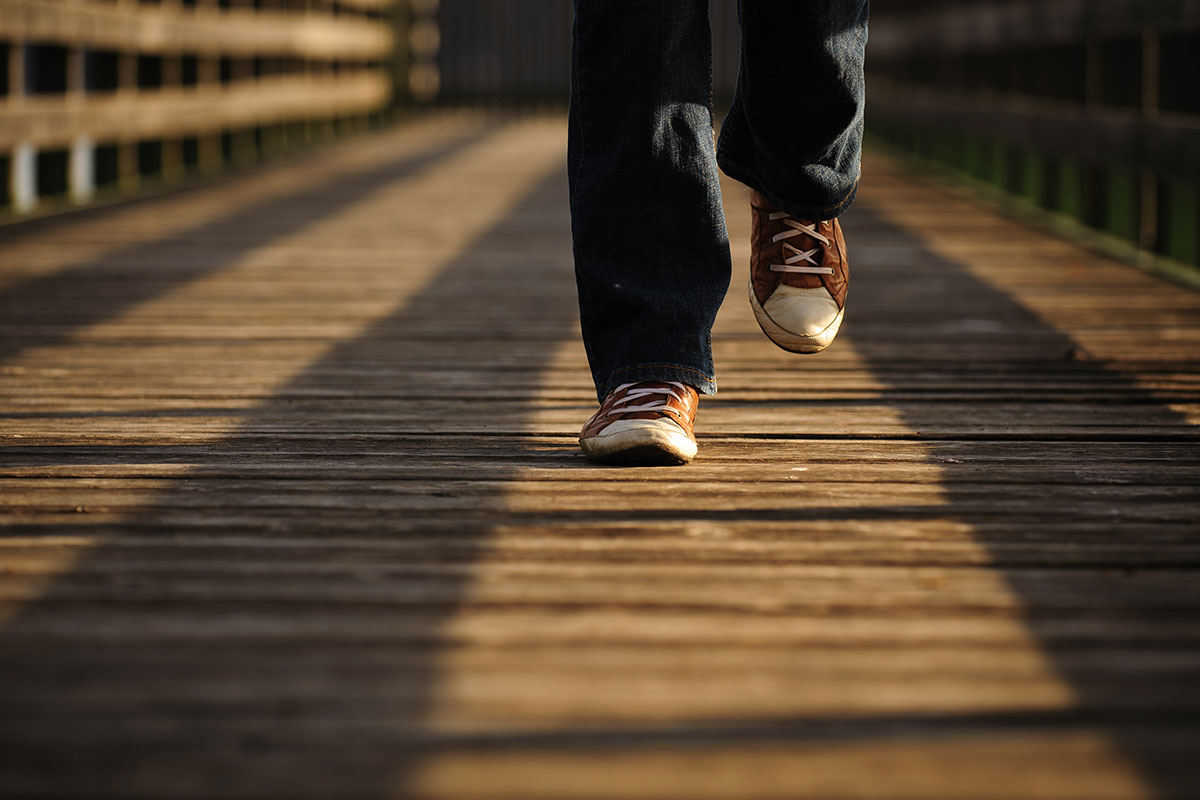
Pace is an important element of mindful walking. Bring this slower sense of things to the walk you are about to undertake. Remember that the mind can take off into the past or future and not allow you to stay in the present, so focus on the breath, which can be used as an anchor for focusing your attention.

Focus on the rhythmic coming and going of the breath. The only time you are fully present to your experience is when you are aware of your breath, explains O’Donovan. Whether we walk alone or in company, the mindfulness element is about bringing focus and observation together and helping us to notice and do things which we may miss out on in the busy-ness of daily life.īefore you begin to walk, prepare for the experience by focusing on your breathing. “Slow movement in itself is intrinsically contemplative,” says O’Donovan. However walking alone brings just two of these three elements together, so in this context, it’s crucial for the solitary walker to emphasise a mindful focus. Talking with someone as you walk can help you share some of your concerns and challenges, he says. In this context, walking with someone else can bring all three elements together - as long as everyone understands that this is a mindful, meditative experience and not a brisk power-walk or gossipy amble. “This style of walking is first about slowing down, both your thoughts and your pace, to deliberately meet and greet the present moment of your unfolding experience in a focused, observant, but non-judgemental way,” says O’Donovan.
#MINDFUL WALKING HOW TO#
Psychologist, author and former army officer Hugh O’Donovan talks about how to use walking to achieve peace and wellbeingĪ mindful walk is made up of three elements - walking, talking and mindfulness.

Notice any shifts in energy.Mindful walking is done with deliberate intention, focus and attitude to help better manage the internal and external distractions that clog our path to mental happiness. Roll through each step, feeling the earth beneath you. Use every surface of your foot, including your heel, instep, sole, ball of the foot and each toe. What does it feel like? Take a Hikeīegin walking purposely.

Is it easier to do on one foot versus the other? Trying gripping the ground with your toes. Now try placing each toe down slowly and separately starting with the pinkie. Place your feet firmly on the ground, toes lifted. Let the kids choose what they’d like to be, then follow their movements and sounds. Warm up for your walk by moving like different animals and insects. Have everyone describe the different sensations, temperatures and textures they’re experiencing through their feet. Slowly breathe out, releasing the breath through your mouth. Take a deep breath in, feeling the breath rise up your feet all the way to your head.

Firmly plant your feet into the ground, a foot’s distance apart, arms slightly out from your sides, palms facing forward. Stand barefoot on the ground in Mountain Pose. Plus, going barefoot or “earthing” provides several scientifically researched benefits, including better sleep, reduced inflammation and increased antioxidants thanks to the way our bodies interact with the earth’s electrons.įor this activity, take off your shoes and go outside for a walk, preferably on grass, soil or sand. Walking barefoot outside is a wonderful way for children to use their sense of touch to experience their bodies and surroundings.


 0 kommentar(er)
0 kommentar(er)
